A machine learning algorithm is a mathematical procedure for finding patterns or making predictions from data.
In machine learning, there’s something called the “No Free Lunch” theorem, which states that no single algorithm performs best for all possible problem types. As a result, you should try many different algorithms for your problem, while using a hold-out “test set” of data to evaluate performance and select the winner.
Top Machine Learning Algorithms You Should Know
- Linear Regression
- Logistic Regression
- Linear Discriminant Analysis
- Classification and Regression Trees
- Naive Bayes
- K-Nearest Neighbors (KNN)
- Learning Vector Quantization (LVQ)
- Support Vector Machines (SVM)
- Random Forest
- Boosting and AdaBoost
Of course, the algorithms you try must be appropriate for your problem, which is where picking the right machine learning task comes in. As an analogy, you might use a vacuum, broom, or mop to clean your house, but you wouldn’t bust out a shovel and start digging.
The Main Principle Behind Machine Learning Algorithms
There is a common principle that underlies all supervised machine learning algorithms for predictive modeling:
Machine learning algorithms are described as learning a target function (f) that best maps input variables (X) to an output variable (Y): Y = f(X)
This is a general learning task where we would like to make predictions in the future (Y) given new examples of input variables (X). We don’t know what the function (f) looks like or its form. If we did, we would use it directly and not need to learn it from data using machine learning algorithms.
The most common type of machine learning is to learn the mapping Y = f(X) to make predictions of Y for new X. This is called predictive modeling or predictive analytics, and our goal is to make the most accurate predictions possible.
10 Most Common Machine Learning Algorithms
For those eager to understand the basics of machine learning, here is a quick tour of the top 10 machine learning algorithms used by data scientists.
1. Linear Regression
Linear regression is perhaps one of the most well-known algorithms in statistics and machine learning. Commonly used in predictive modeling, it minimizes the sum of squared differences between predicted and actual values. This helps make the most accurate machine learning model predictions possible, at the expense of explainability.
We will borrow, reuse and steal algorithms from many different fields, including statistics, and use them towards these ends.
The representation of linear regression is an equation that describes a line that best fits the relationship between the input variables (x) and the output variables (y), by finding specific weightings for the input variables called coefficients (B).

For example: y = B0 + B1 * x
We will predict y given the input x and the goal of the linear regression learning algorithm is to find the values for the coefficients B0 and B1. Different techniques can be used to learn the linear regression model from data, such as a linear algebra solution for ordinary least squares and gradient descent optimization.
Some good rules of thumb when using this technique are to remove variables that are very similar (correlated) and to remove noise from your data, if possible. It is a fast and simple technique and a good first algorithm to try.
2. Logistic Regression
Logistic regression is another technique borrowed by machine learning from the field of statistics. It is the go-to method for binary classification problems (problems with two class values). Like linear regression, the goal is to find the values for the coefficients that weight each input variable. Unlike linear regression, the prediction for the output is transformed using a nonlinear function called the logistic function.
The logistic function looks like a big S and will transform any value into the range 0 to 1. This is useful because we can apply a rule to the output of the logistic function to snap values to 0 and 1 and predict a class value (e.g. if the predicted probability is less than 0.5, assign to class 0; otherwise, assign to class 1).
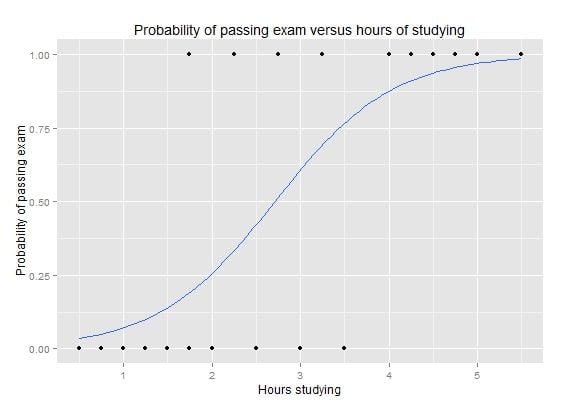
Because of the way that the model is learned, the predictions made by logistic regression can also be used as the probability of a given data instance belonging to class 0 or class 1. This can be useful for problems where you need to give more rationale for a prediction.
Like linear regression, logistic regression works better when you remove attributes unrelated to the output variable as well as attributes that are very similar (correlated) to each other. It’s a fast model to learn and effective on binary classification problems.
3. Linear Discriminant Analysis
Logistic regression is a classification algorithm traditionally limited to only two-class classification problems. If you have more than two classes, the linear discriminant analysis (LDA) algorithm is the preferred linear classification technique.
The representation of LDA is pretty straightforward. It consists of statistical properties of your data, calculated for each class. For a single input variable, this includes:
- The mean value for each class.
- The variance calculated within each class to model shared covariance.
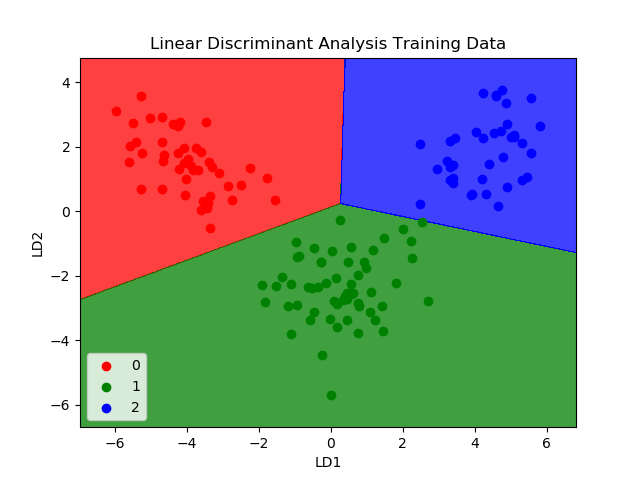
Predictions are made by calculating a discriminant value for each class and making a prediction for the class with the largest value. The technique assumes that the data has a Gaussian distribution (bell curve), so it is a good idea to remove outliers from your data beforehand. It’s a simple and powerful method for classification predictive modeling problems.
4. Classification and Regression Trees
Decision trees are an important type of algorithm for predictive modeling machine learning. The representation of the decision tree model is commonly implemented as a binary tree.
This is your binary tree from algorithms and data structures, nothing too fancy. Each node represents a single input variable (x) and a split point on that variable (assuming the variable is numeric).
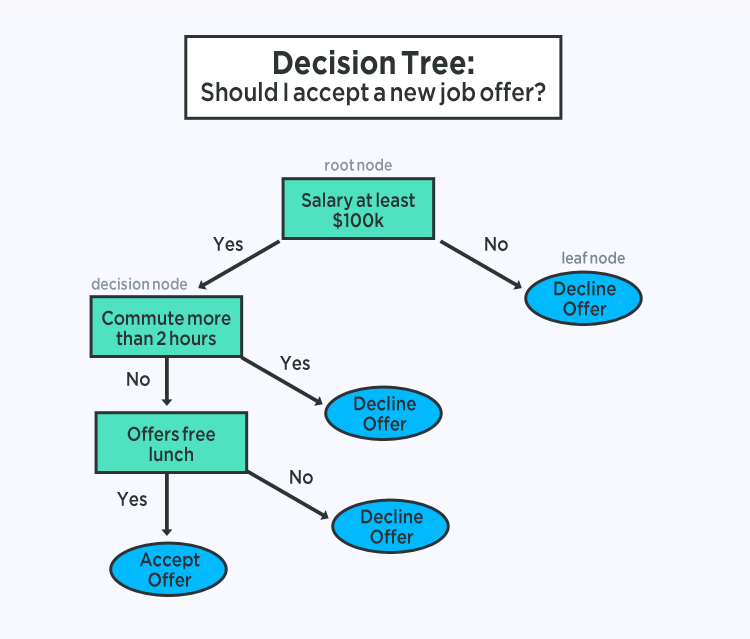
The leaf nodes of the tree contain an output variable (y) which is used to make a prediction. Predictions are made by walking the splits of the tree until arriving at a leaf node and output the class value at that leaf node.
Trees are fast to learn and very fast for making predictions. They are also often accurate for a broad range of problems and do not require any special preparation for your data.
5. Naive Bayes
Naive Bayes is a straightforward method that performs well on many classification problems. The model consists of two types of probabilities that can be calculated directly from your training data: 1) The probability of each class; and 2) The conditional probability for each class given each x value. Once calculated, the probability model can be used to make predictions for new data using Bayes’ theorem. When your data is real-valued, it is common to assume a Gaussian distribution (bell curve) so that you can easily estimate these probabilities.

Naive Bayes is called naive because it assumes that each input variable is independent. This is a strong assumption and unrealistic for real data. Nevertheless, the technique is very effective on a large range of complex problems.
6. K-Nearest Neighbors
The K-nearest neighbor (KNN) algorithm is very simple and very effective. The model representation for KNN is the entire training dataset. Predictions are made for a new data point by searching through the entire training set for the K most similar instances (the neighbors) and summarizing the output variable for those K instances. For regression problems, this might be the mean output variable. For classification problems, this might be the mode (or most common) class value.
The trick is deciding how to determine the similarity between the data instances. The simplest technique if your attributes are all of the same scale (all in inches for example) is to use the Euclidean distance — a number you can calculate directly based on the differences between each input variable.

KNN can require a lot of memory or space to store all of the data, but only performs a calculation (or learn) when a prediction is needed. You can also update and curate your training instances over time to keep predictions accurate.
In very high dimensions (lots of input variables), distance metrics become less informative because data points tend to appear equally distant from one another, which can reduce the effectiveness of the algorithm. This is called the curse of dimensionality. It suggests you only use those input variables that are most relevant to predicting the output variable.
7. Learning Vector Quantization
A downside of K-Nearest Neighbors is that you need to hang on to your entire training dataset. The Learning Vector Quantization (LVQ) algorithm is an artificial neural network algorithm that allows you to choose how many training instances to hang onto and learns exactly what those instances should look like.
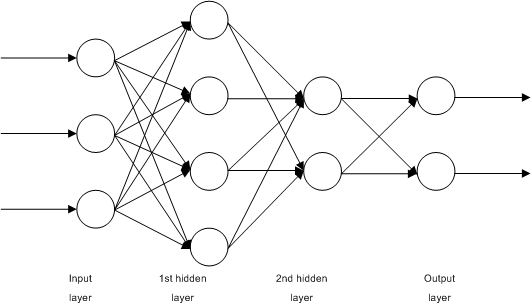
The representation for LVQ is a collection of codebook vectors selected randomly in the beginning and adapted to best summarize the training dataset over various iterations of the learning algorithm. After learning, the codebook vectors can be used to make predictions just like KNN.
The most similar neighbor (best-matching codebook vector) is found by calculating the distance between each codebook vector and the new data instance. The class value or (real value in the case of regression) for the best matching unit is then returned as the prediction. Best results are achieved if you rescale your data to have the same range, such as between 0 and 1.
If you discover that KNN gives good results on your dataset, try using LVQ to reduce the memory requirements of storing the entire training dataset.
8. Support Vector Machines
Support Vector Machines (SVM) are widely used in classification tasks. A hyperplane is a line that splits the input variable space and, in SVM, it’s selected to best separate the points in the input variable space by their class, either class 0 or class 1. In two dimensions, you can visualize this as a line. Let’s assume that all of our input points can be completely separated by this line. The SVM learning algorithm finds the coefficients that result in the best separation of the classes by the hyperplane.
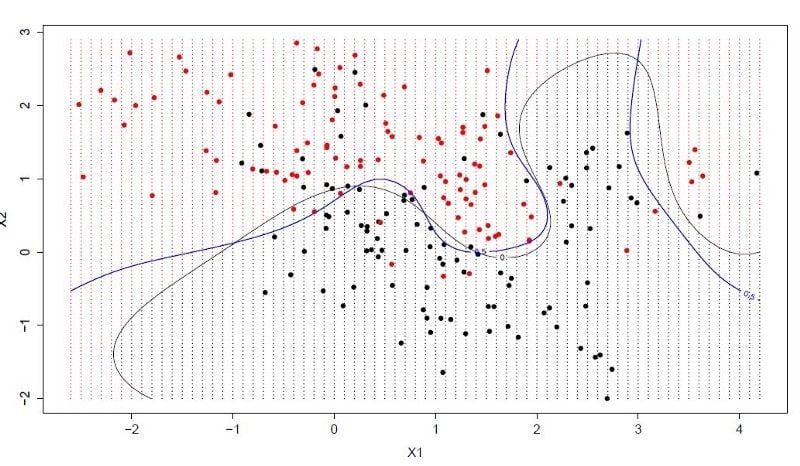
The distance between the hyperplane and the closest data points is referred to as the margin. The best or optimal hyperplane that can separate the two classes is the line that has the largest margin. Only these points are relevant in defining the hyperplane and constructing the classifier. These points are called the support vectors. They support or define the hyperplane. In practice, an optimization algorithm is used to find the values for the coefficients that maximize the margin.
SVM might be one of the most powerful out-of-the-box classifiers and is worth trying on your dataset.
9. Bagging and Random Forest
Random forest is one of the most popular and most powerful machine learning algorithms. It is a type of ensemble machine learning algorithm called bootstrap aggregation or bagging. The bootstrap is a powerful statistical method for estimating a quantity from a data sample, such as a mean. You take lots of samples of your data, calculate the mean, then average all of your mean values to get a better estimation of the true mean value.
The same approach is used in bagging, but for estimating entire statistical models — most commonly decision trees. Multiple samples of your training data are taken to construct models for each data sample. When you need to make a prediction for new data, each model makes a prediction and the predictions are averaged to give a better estimate of the true output value.
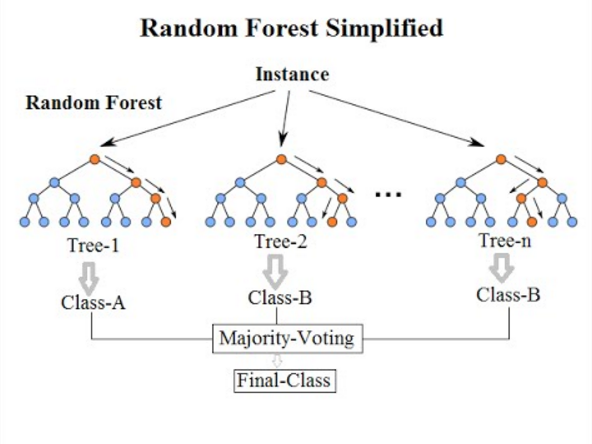
Random forest is a tweak on this approach where decision trees are created so that randomness is introduced by selecting a random subset of features at each split, increasing diversity among trees. The models created for each sample of the data are therefore more different than they otherwise would be, but still accurate in their own unique ways. Combining their predictions results in a better estimate of the true underlying output value.
If you get good results with a highly variable algorithm (like decision trees), you can often get better results by bagging that algorithm.
10. Boosting and AdaBoost

Boosting is an ensemble technique that attempts to create a strong classifier from a number of weak classifiers. This is done by building a model from the training data, then creating a second model that attempts to correct the errors from the first model. Models are added until the training set is predicted perfectly or a maximum number of models are added.
AdaBoost was the first really successful boosting algorithm developed for binary classification. It is the best starting point for understanding boosting. Modern boosting methods build on AdaBoost, most notably stochastic gradient boosting machines.
AdaBoost is used with short decision trees. After the first tree is created, the performance of the tree on each training instance is used to weight how much attention the next tree that is created should pay attention to each training instance. The harder training data is to predict, the more weight it is given. Models are created sequentially, with each new model trained on a weighted version of the dataset that emphasizes instances the previous model predicted incorrectly. After all the trees are built, predictions are made for new data, and the performance of each tree is weighted by how accurate it was on training data.
Because so much attention is put on correcting mistakes by the algorithm, it is important that you have clean data with outliers removed.
Which Machine Learning Algorithm Should I Use?
Now that we’ve reviewed the main types of machine learning algorithms, it’s only natural to wonder, “Which algorithm should I use?” The answer to the question varies depending on many factors, including:
- The size, quality and nature of data.
- The available computational time.
- The urgency of the task.
- What you want to do with the data.
Even an experienced data scientist cannot tell which algorithm will perform the best before trying different algorithms. Starting with these popular machine learning algorithms is always a good first step, especially for those new to machine learning.
Frequently Asked Questions
What is a machine learning algorithm?
A machine learning algorithm is a mathematical method that enables a system to learn patterns from data and make predictions or decisions. These algorithms are implemented in computer programs that process input data to improve performance on specific tasks.
What are the 4 types of machine learning algorithms?
The 4 types of machine learning algorithms include:
- Supervised learning algorithms
- Unsupervised learning algorithms
- Semi-supervised learning algorithms
- Reinforcement learning algorithms
What is a machine learning algorithm example?
A common example of a machine learning algorithm is linear regression, which involves statistically calculating a straight line that reflects the relationship between an independent and dependent variable.
What is the easiest machine learning algorithm?
Linear regression is an easy machine learning algorithm for beginners. Naive Bayes, logistic regression and K-nearest neighbor are also other algorithms that can help newcomers ease their way into machine learning problems.





